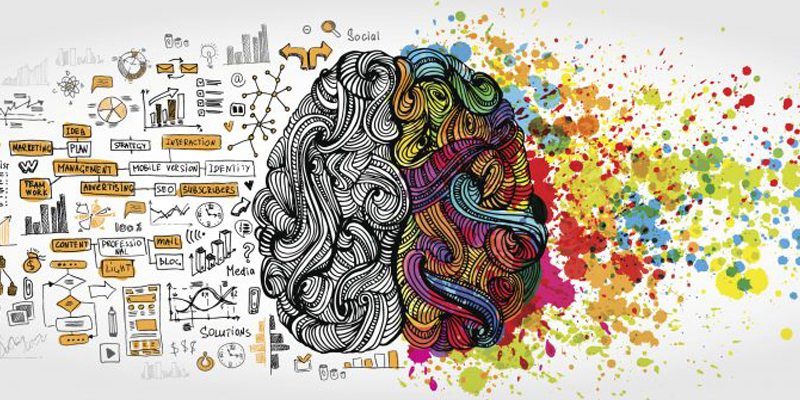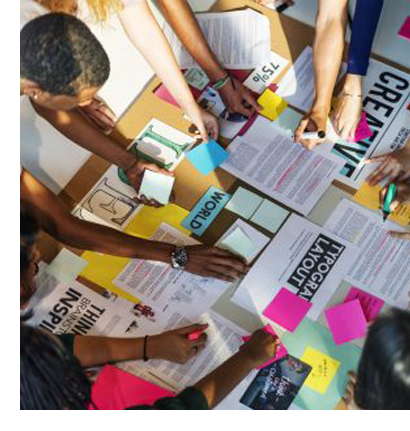KEEPING THE DESIGN HUMAN
Finding new ways to connect to your consumer is harder than it’s ever been before and the expectation for flawless experiences is extraordinary.
If we think about who buys, uses, and connects with your products the complexity of our new business world and an unprecedented rate of change make us forget that at the center of our world is humans. Whether your product is a new air filter, a new fitness monitor or a new insulin pen – you need to deeply understand and design for your user. All too often, we meet with product innovators who forget that regardless of how great their idea is if it isn’t putting humans first – it’s not going to connect.
We’ve all ended up buying products that at first glance appear to solve our problems and make life easier, but in the end, simply end up complicating it.
To help put an end to great ideas getting lost in poor design, we want to take a deep dive into human-centered design. We want you, regardless of your role or niche, to remember that humans and human need must be your core focus. The only way to get to the real emotional and personal attachment that we all give our most favorite products, websites, services, tools, etc. is by establishing a human-first approach.
You might be thinking that of course, it’s obvious that you need to put your users first and think of how your users will interact with your new product. But, think of the packaging that came with your latest purchase or how confusing it was to assemble your kid’s bike or how frustrated you get with the tiny buttons on your remote control. Exactly, our point – these were not created with a human-centered design process – and at Radius we have the people, expertise, and process to help.
Good design and real success are intrinsically linked. They don’t happen in a vacuum and one can’t supersede the other. With a foundation in discovery, innovation, and human-centered design, you get the innovation you’re seeking.
What is Human-Centered Design?
Google human-centered design and you’ll get multiple pages of search results taking you to different companies who have various opinions on this topic. At Radius we take a deeply engrained cross and multi-functional approach to ensuring human-centered design is at the forefront of our thinking from insight to commercialization.
The definition of human-centered design as outlined by ISO 9241-210 – Ergonomics of Human Centered System Interaction, states:
“Human-centered design is an approach to interactive systems development that aims to make systems usable and useful by focusing on the users, their needs and requirements, and by applying human factors/ergonomics, and usability knowledge and techniques. This approach enhances effectiveness and efficiency, improves human well-being, user satisfaction, accessibility and sustainability; and counteracts possible adverse effects of use on human health, safety and performance.”
This is heavy terminology. Let’s break it down and look at it carefully:
- Aims to make systems usable. This idea must be proven to be usable, well-designed, and applicable to the problem at hand. Ensuring the core functionality is achieved by your user group is critical.
- Focusing on the users, their needs, and requirements. Knowing the user and what they like, dislike, want, need, definitely don’t want, and how best to deliver this. The user is at the core of every step forward and subsequent step back to reframe and adjust.
- Applying human factors/ergonomics. Understanding users capabilities and limitations through a cognitive, physical and emotional lens are critical to understanding your problem than designing amazing products to meet their needs.
- Usability knowledge and techniques. Content strategy, visual design, usability testing, digital design, haptics, front-end coding – all these are required to build an intimate understanding of what your users want to experience.
- Enhances effectiveness and efficiency. Does this product make sense? Is there industry demand and technological support for this idea? How does this idea improve the lives of users? What other products are out there trying to do the same thing?
- Improves human well-being, user satisfaction, accessibility and sustainability. You need to know that you’re on the right track, that you’re creating a product that ticks all the boxes for your users. Will user desires be met? Does it make life easier? Will the user accept it and use it?
- Counteracts possible adverse effects. Relentless testing, prototyping, regulatory standards review, and qualification are keys in successful human-centered design. No one wants to deliver a product that harms or fails.
This is how we deliver innovation. We keep this definition at our core and center back to it during every phase of our discovery, design, development, and delivery process. There is no way to skip a step or do something half-way. All our teams understanding the principles of a human-centered design approach and share its application throughout.
Work with the Humans at Radius
Real human-centered design relies on real experts who ask the hard questions, are doing the work behind-the-scenes, and challenging themselves (and you) to get to the ultimate goal of meaningful innovation realized. Simply put, we have the experts in place that allow us to put the human first.
And to be frank, we’re tired of buying products and services that don’t cut it. Like you, we work hard for our salaries and we want to make sure we’re getting the best we can – whether it’s a car seat that keeps our kids protected or a toothbrush that reminds us to keep at it for a few more seconds or new headset that doesn’t fall apart as soon as it’s unpackaged.
Human-centered design is not going anywhere. It’s not a fad. It’s the real deal. Take advantage of the Radius Effect and work with the best.
RELATED CONTENT
RELATED EXPERTISE
RELATED INSIGHTS
RELATED PROJECT WORK
RELATED CAPABILITIES
WANT TO LEARN MORE?
Start a conversation with Radius to learn how we can help you take your Healthcare project to the next level.


